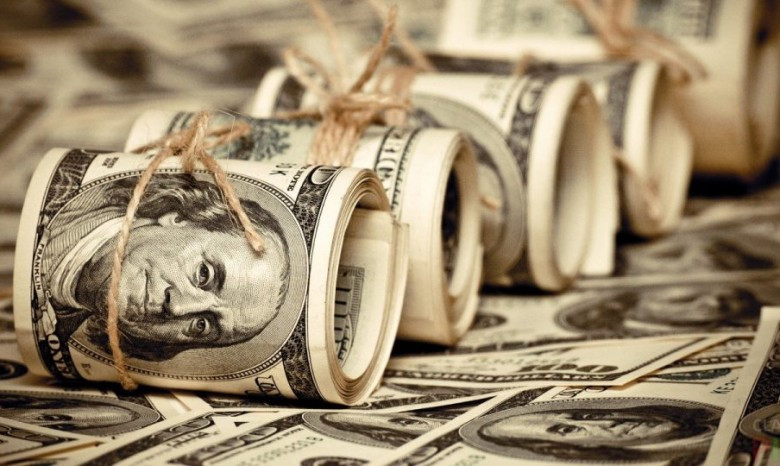
Although slowdowns, suspensions and temporary falls are possible during the dollar's current growth, market participants who bet on the currency are not afraid. Many of them are confident on dollar's strength, and there are good reasons for this.
At the end of 2019, some analysts confidently predicted the weakening of the US currency in 2020. Their calculations turned out to be wrong, and this was just the first surprise of the dollar in the coming year. The dollar still proved to be the most popular financial instrument for investors due to the attractiveness of interest rates on American securities. They still exceed the rates of most of the other countries.
This week, the dollar began to grow, and its quotes remained to a nearly one-month high against key world currencies. Positive macroeconomic data from the United States was the driver of this recovery. Recall that in December of last year, the growth rate of housing construction in America reached a 13-year high. Retail sales were also on top, and the indicator of industrial activity in the country took the highest level in the last eight months.
In contrast to the strengthening of dollar's positions, the European currency was a loser. It has lost its former gains, largely helped by the weak data on both the German economy and the Eurozone economy. Although the data published after the previous ECB meeting was a bright spot against the background of the gathering economic clouds, the euro could not take advantage of the situation. It sharply against the dollar., and as a result, the EUR/USD pair is stuck in a low range, from which it is constantly trying to get out.
On Monday, January 20, the classic tandem rose to 1.1094, but failed to gain a foothold in these positions.
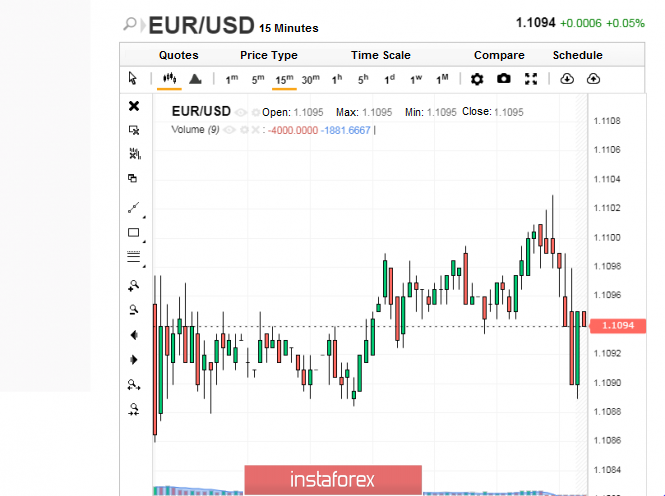
The EUR/USD pair, unable to overcome the downward movement, began to slide and ended up at 1.1082.
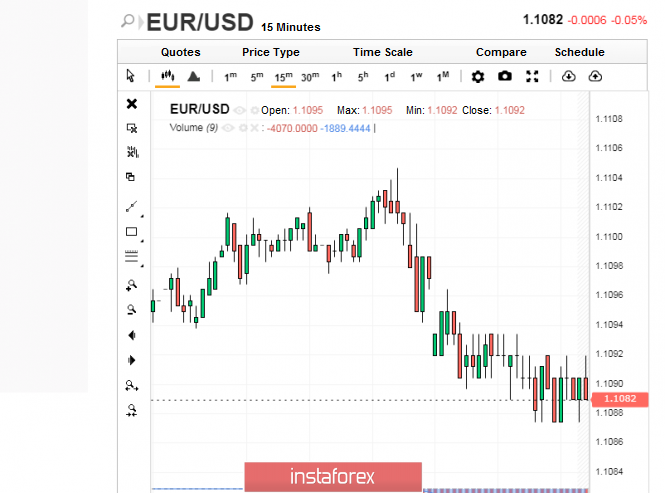
Meanwhile, on Tuesday morning, January 21, the EUR/USD pair started cheerfully. It rose to the level of 1.1096. However, there were difficulties in preserving the conquered peaks.
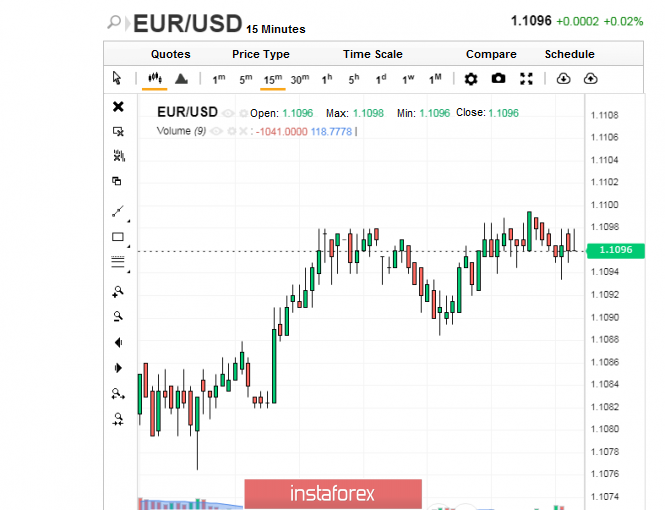
Because of this, the EUR/USD pair fell to 1.1086. And although it managed to recover later on, analysts emphasize that there is no upward trend.

At the moment, the tandem runs near 1.1090–1.1091, unable to leave the low range. The dollar feels more confident than the euro, and is continuing to strengthen.
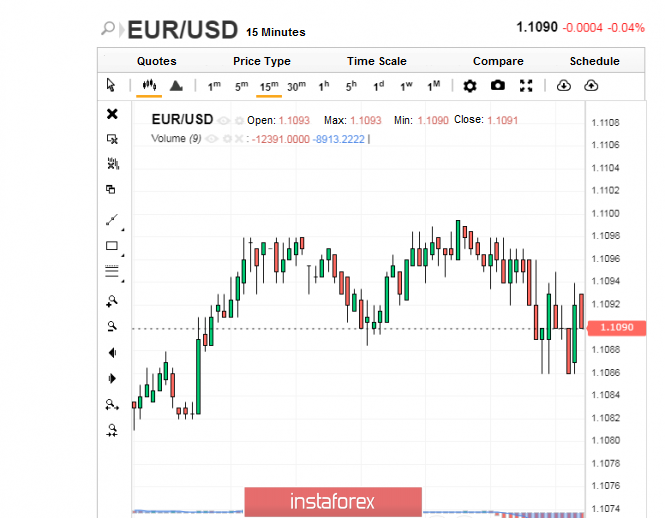
Experts believe that with the predominance of an upward trend, the dynamics of the dollar will be multidirectional this year. Although many experts bet on such developments, forecasts on the weakening of the dollar are yet to be confirmed. Perhaps, some analysts were just misled by the words of US President Donald Trump about the harm of a strong dollar. Recall that the Fed has repeatedly tried to weaken it by lowering interest rates, but the currency still recovered after a while. Experts believe that the strength of the national economy also contributes to the steady growth of the currency. When the dollar is backed by such a force as the US economy, it is not afraid of any economic hurricanes.
In the short and medium terms, the dollar may present surprises with both a plus and a minus sign. Analysts are counting on a positive attitude towards the dollar, which can not be said about the euro. The European currency depends heavily on geopolitical sentiment, the state of the Euro zone economy and the German economy, and the ECB's further monetary policy. At the same time, experts are still expecting the balance to remain in the EUR/USD pair.





















